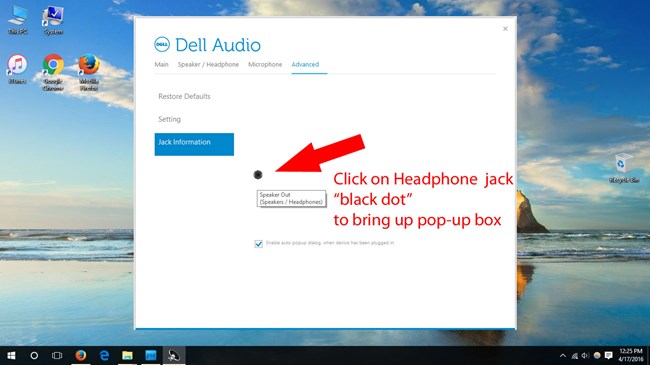
This scan is part of what’s called “plug and play”, a Windows feature that scans for new hardware on boot and automatically installs drivers for any found.Īs part of the scan, Windows should indeed “find new hardware”, so to speak, and reinstall a driver for it. If you did not need to reboot, right-click any device or device header that remains and click Scan for hardware changes. Depending on the device, you may need to reboot for the removal to take effect (which may also cause the next step to happen automatically as well). You’ll get a confirmation dialog: Uninstall Device Driver confirmation.Ĭlick Uninstall, and the driver will be removed. Right-click one of the controller entries and click Uninstall device. In Device Manager, expand Universal Serial Bus controllers to expose all the devices in this category. Device Manager in the Windows right-click Start menu. In Windows 10, you can instead right-click on the Start menu and click on Device Manager. Device Manager in the Computer Management application. In Computer Management, click on Device Manager in the left hand pane. Into the resulting Run dialog, type compmgmt.msc and click OK. In all versions of Windows, click Start and then Run, or hold down the Windows Key and type R. Windows Device Manger can be accessed either of two ways. As a result, the software associated with the device is re-initialized to an original and hopefully clean state. It will then reinstall the driver from scratch. Windows will “discover” there’s hardware on your machine it recognizes, but for which it doesn’t have drivers installed. Then we’ll instruct Windows to look for hardware changes.

Remove and reinstall a driverįor this example we’re going to instruct Windows to remove the driver(s) for your USB hardware.

The only bulletproof protection is a full-system image backup. A system restore is not capable of restoring your system, at least not from everything.

I’m not talking about a system restore here I mean a real, honest-to-goodness full-image backup. By taking a full-system backup, you’re establishing an “it can’t get any worse than this” point you can revert to in case things do indeed get worse as a result of our efforts. This is particularly true when fiddling with device drivers uninstalling some might crash or otherwise make your computer inoperable. The problem is simple: sometimes the things we try make matters worse instead of better. Back up firstĪs with many “let’s try this” diagnostic scenarios, it’s worth reminding you to take a full-system backup before you begin. If no driver is available, you may need to download one from, or run an installation utility provided by, the device’s manufacturer. Scanning for new hardware (or rebooting), will then cause Windows to locate and install a replacement if it can find one. To reinstall a device driver, run Windows Device Manager and explicitly uninstall it.


 0 kommentar(er)
0 kommentar(er)
